
I’ve been trapped on a farm for 13 months.
(Strange times.)
Given the state of the world, it’s not a bad place to ride out a plague year.
Most people would consider it paradise.
While so many others have to dodge people in cities, wondering whether the asshole jogger up ahead just spewed deadly virus-air in their jet stream, I’ve had no such issues.
While so many others chafe at the masks they must wear all day, I’ve spent each day with my face uncovered; not out of political belief, (you all know where I stand on that,) but rather because there are no other people around.
Living on a horse farm, at the edge of a box canyon, near the base of the Rocky Mountains, I never see people at all.
At least, no one beyond my family.
It’s been something of a fairy tale, as we’ve lived each day, our little clan, with the horses, dogs, cats, magpies, ravens, red-tailed hawks, rainbow trout, coyotes, gophers, deer, bear, and mountain lions. (I saw both mega-predators within a few days of each other, back in the fall.)
Yesterday, we had our first proper guest since September, as a photographer I met during the Denver reviews stopped by on his way home, and we went for a socially distanced walk.
It’s hard to believe I went half a year without seeing anyone but my family here, but this pandemic reality is anything but normal.
Living like this, while preferable to getting Covid in a Brooklyn bakery, (which happened to a dear friend of mine,) has been a bit of a mind-fuck, for sure.
It’s made things that might normally be ordinary seem symbolic, and the oddity of the local culture, which was built by Spanish colonists centuries ago, seem all the more evident.
Such is life.
But today, I looked at a photo book that reflected my experience back to me, as if through a window into Bizarro reality, where things seemed the same but terribly different. (While I’m a total Marvel movie-head, I was a sucker for the Superfriends cartoons on TV back in the early 80’s.)

I opened up “The Adventures of Guille and Belinda and the Illusion of an Everlasting Summer,” by Alessandra Sanguinetti, sent to me in September by the fine folks at MACK in London, and am glad I did, as it put my life in the context of so many other rural-dwellers, populating backwater outposts of the former Spanish Empire, here in the 21C.
I requested this book a while back, in #2020, and then forgot I did, as my brain has turned to mush, and fortunately, so many books have come in since then.
But when I saw the date-stamp on the box, I had a feeling what might be inside, and got excited, as I saw the first part of this project ages ago, when I began exploring the photo blogosphere in early 2009.
Not to skip too far ahead, but that thought went though my mind, as I was looking at the book.
I thought, “I remember loving some of this work in 2009.”
Then, I turned the page, and the photo had a calendar on the wall that said 2009.
These days, it’s easy to find kismet in the tiniest of details. (And I had the same experience, feeling like the editors read my mind, while looking at Mark Ruwedel’s excellent MACK book a couple of months ago.)
To get back to the beginning, this book features a lengthy series the artist made about two children, daughters of worker’s on her family’s estate in the back country of Argentina. Her subjects later became her friends, and we learn in the introduction that the land has since been sold. (ED note: this section of the article has been corrected, and further details will be available at the end of the piece.)
They managed to grow up in one of the few enclaves of the former Spanish Empire that might be more remote than the one on which my wife was raised, and we’re rearing our kids.
But the horses, chickens, big skies, broken fences, I recognized it all.
(Though I should admit our home and family farm are decidedly more First World. I don’t want to exaggerate.)
Irrigation ditches, kids playing pretend, roaming the country side, staying busy through their imaginations, it’s all there.
And in the opening essay, Ms. Sanguinetti writes of her subject’s desire to be singer, and or work with animals, and my daughter went though both of those phases as well. (Instead of a Youtube star, now she wants to be a dog trainer.)
This book undercuts much of the advice I often write, about having a book vary images sizes, or styles. It doesn’t break up the narrative, intersperse text, or really offer any bells and whistles at all.
Rather, because the narrative time-jumps, and the young girls become mothers, and all the images are great, and the printing quality is so high, the book holds your attention anyway.
(Rules are meant to be broken, and some books can keep you turning the pages without using new-style design tricks, so I guess it’s important to keep that in mind.)
The world, as I’ve written recently, is in the process of re-opening.
Our little bubble has been popped, as my children returned to school this week, and getting to play with other kids, to socialize in packs, to dunk on 8 foot basketball hoops, and re-engage muscles on the monkey bars, has made them happier than they’ve been in a long time.
Conversely, my daughter made a toast at dinner on Sunday night, (our last in official lockdown,) and thanked the three of us for giving her the best year of her life.
Our little fantasy-land might have been stultifying, but it also felt like there was magical fairy-dust in the air, giving us our own marooned life, in a sea of Trumpian chaos.
And her speech was a moment I hope to remember forever.
This book has that feeling, like we’re getting a window into a fantasy world that was existing right there, hidden in plain sight, in a quiet, remote corner of Planet Earth.
I’m sure you’ll love it.
I know I did.
To purchase “The Adventures of Guille and Belinda…” click here
(ED Note from JB: I have amended this article, after a reader in Argentina brought additional details to my attention. Over the years, I somehow assumed that Ms. Sanguinetti was related to her subjects, and the book’s intro does not mention how they are connected. My Argentine source alerted me that Ms. Sanguinetti’s father actually owned a large “estancia,” which is the equivalent to an estate, fancy ranch, or hacienda in Argentina. Her subjects were daughters of poor farm workers who were in Alberto Sanguinetti’s employ, meaning there was a significant class difference between them, and an inherent power dynamic imbalance in the relationship. This video, which MACK posted to Youtube, indicates that the class difference was vast enough that when they first met, one of the girls assumed Alessandra was from a different country, even though she was raised in Argentina since the age of 2. They also use the term “estancia” to speak of the main house, where Ms. Sanguinetti lived. None of this means we should dismiss the value of the work, or that the photos are less excellent, but it is very different from my incorrect belief that the women were all related, and of equal status.)
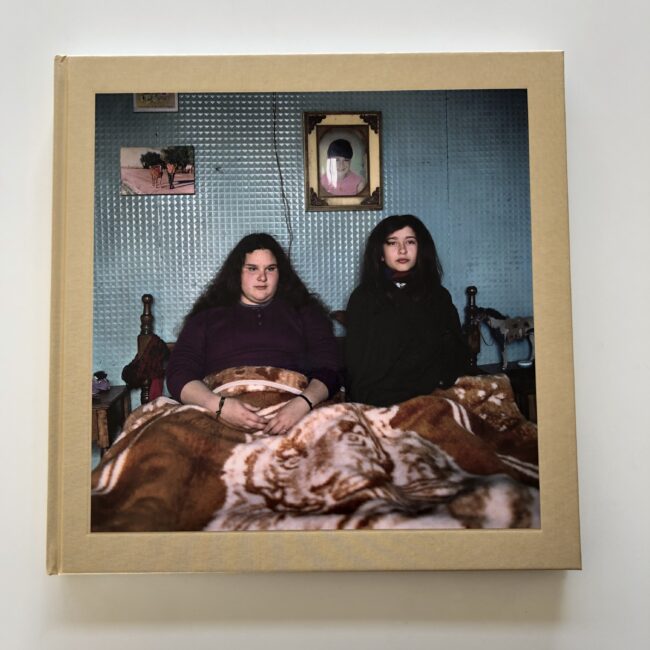

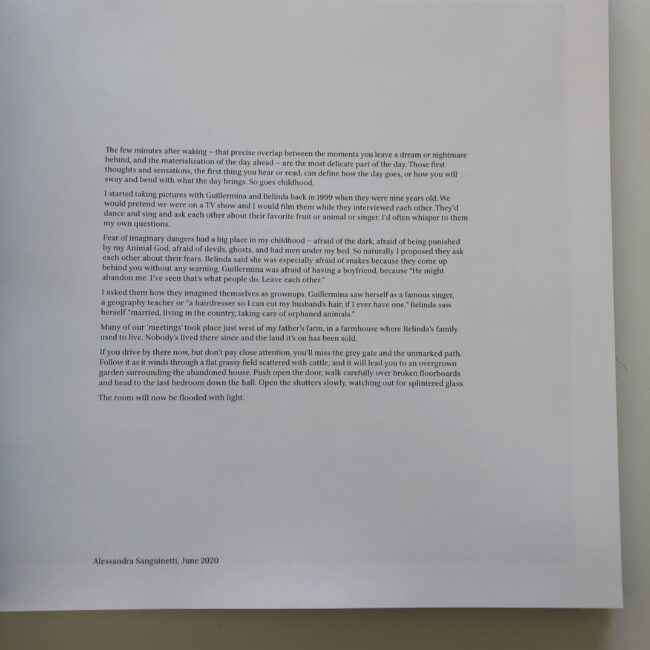
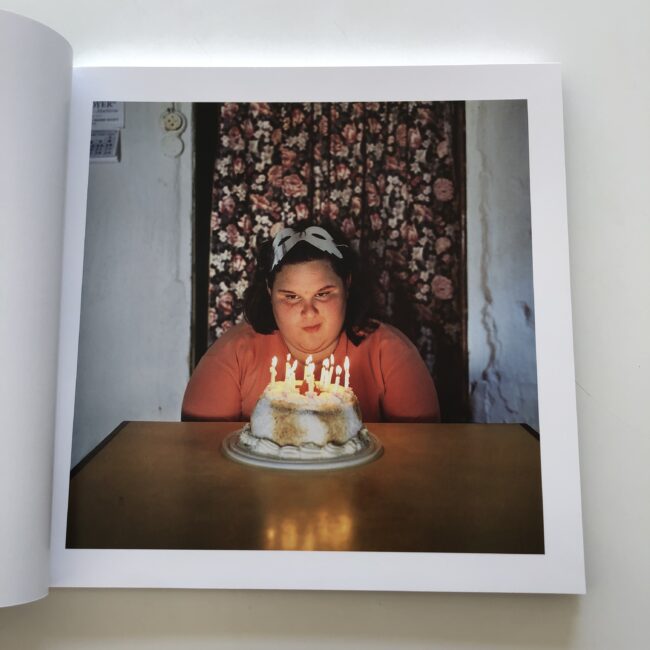
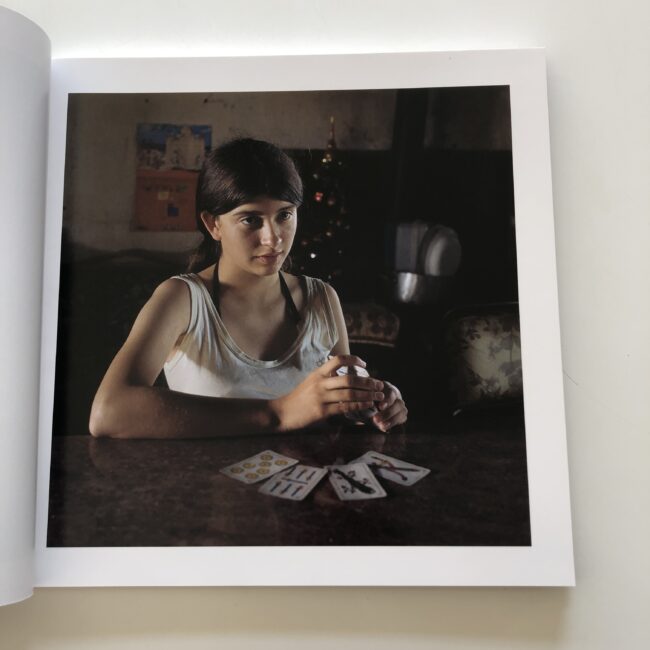
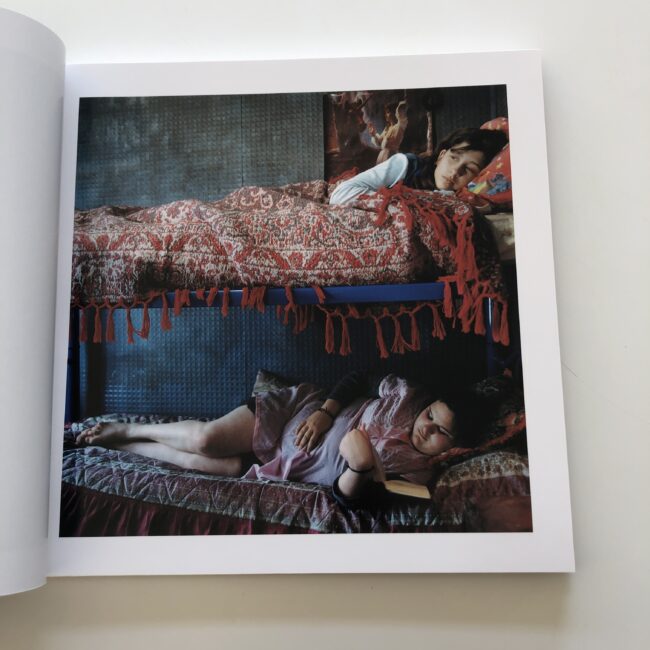
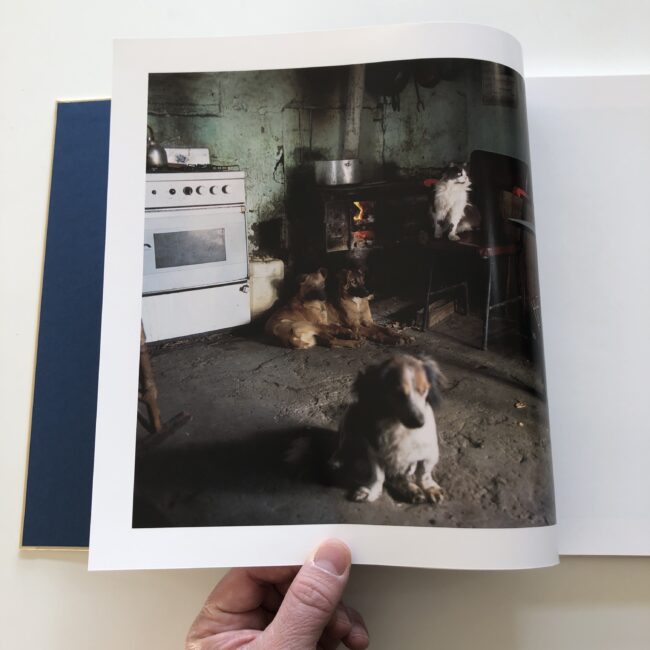
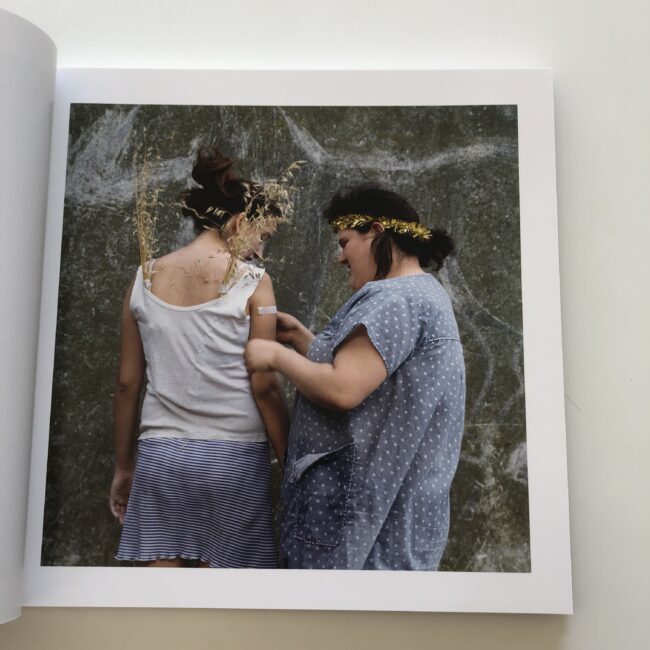

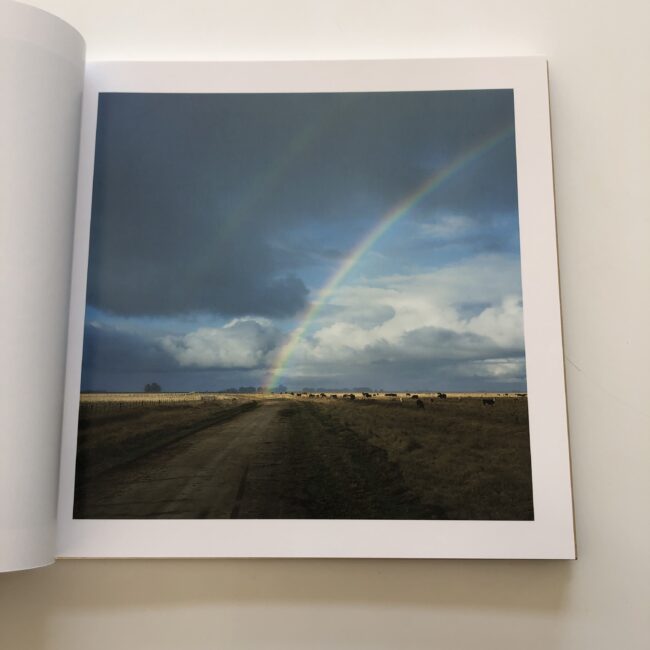

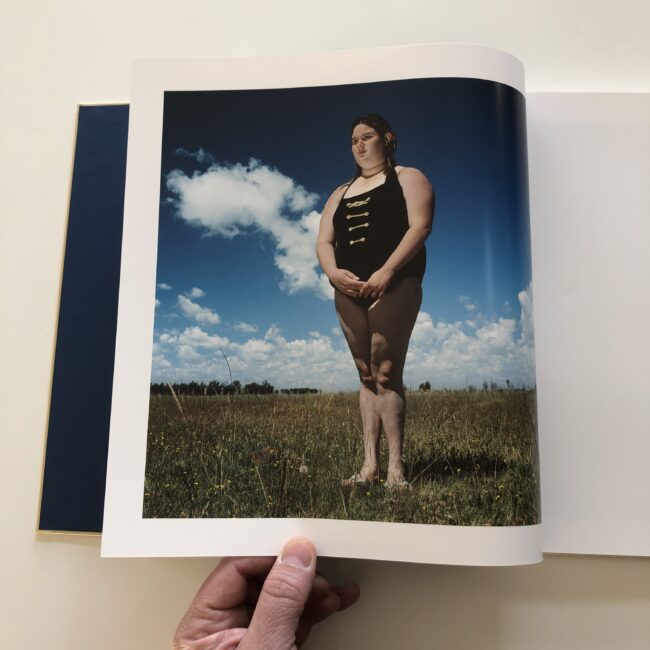
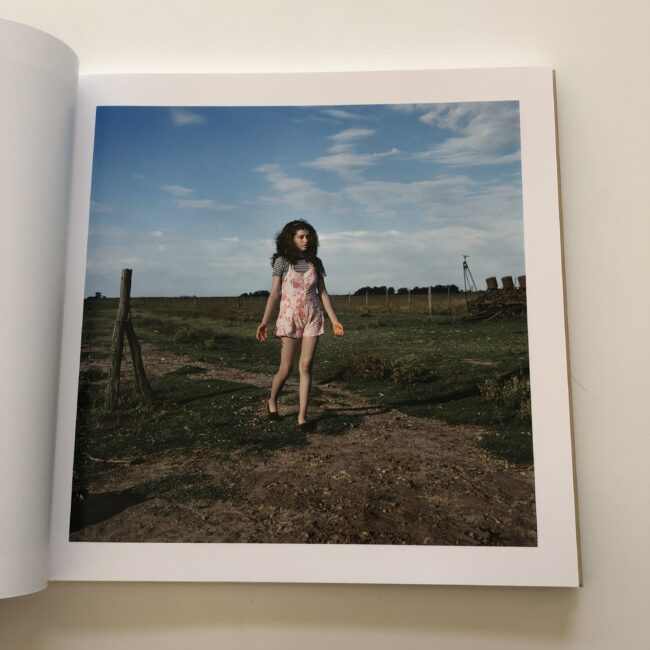


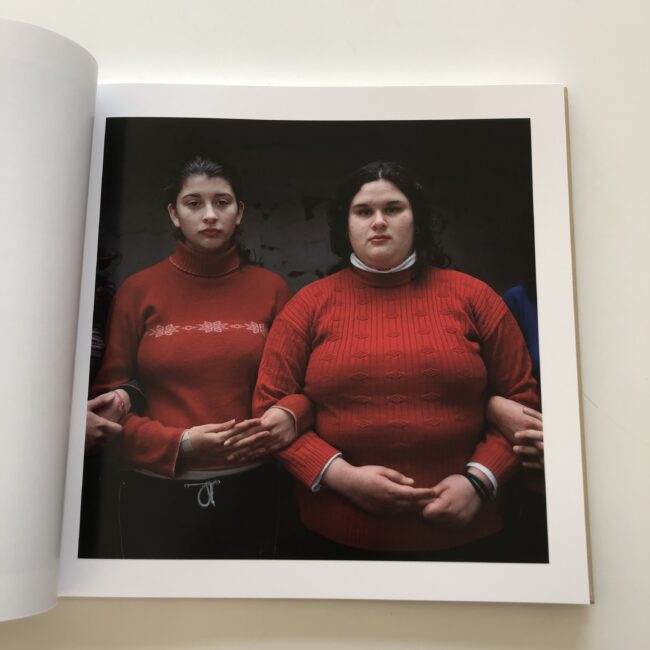


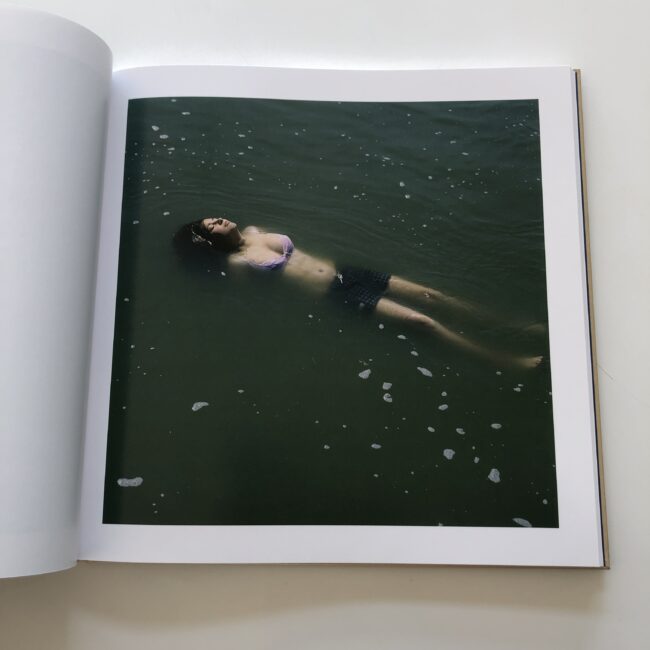
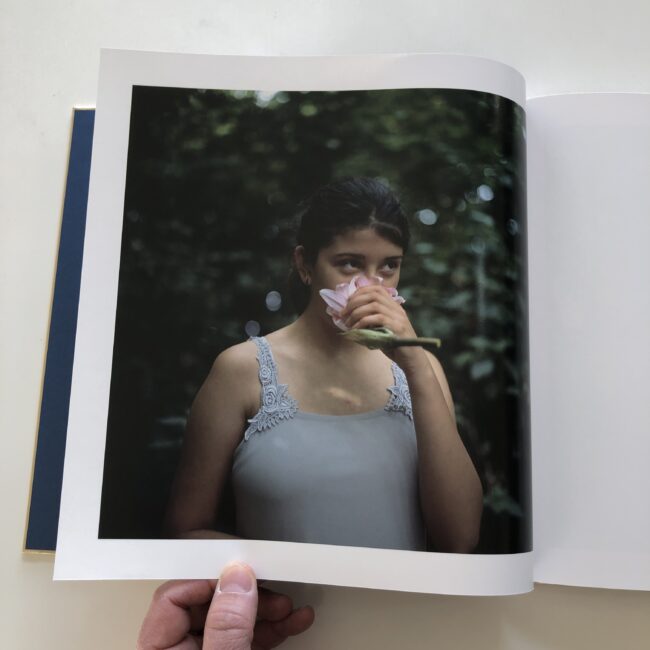
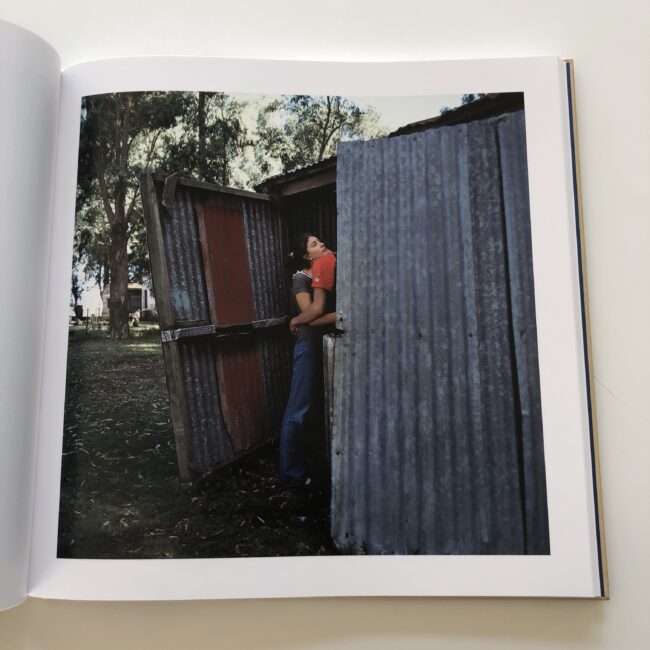

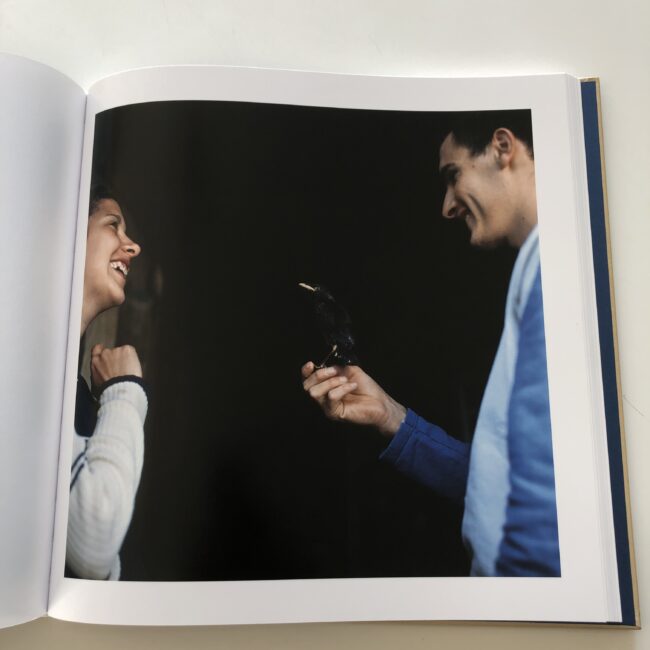



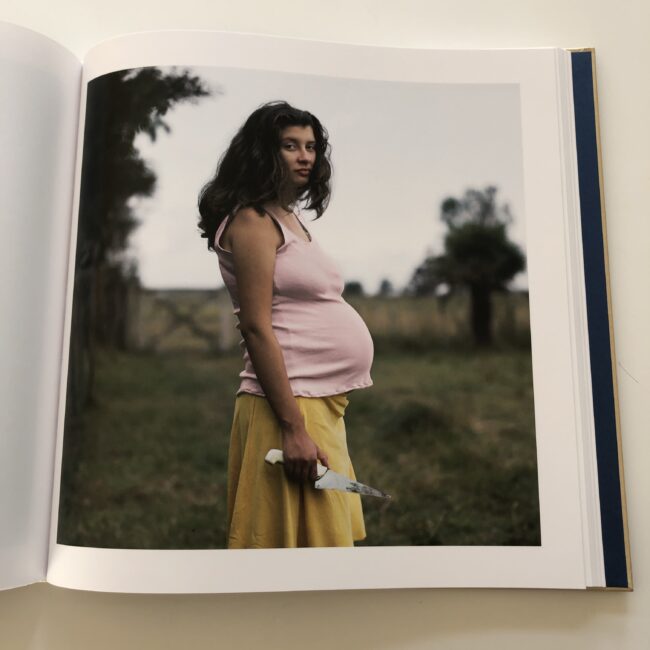
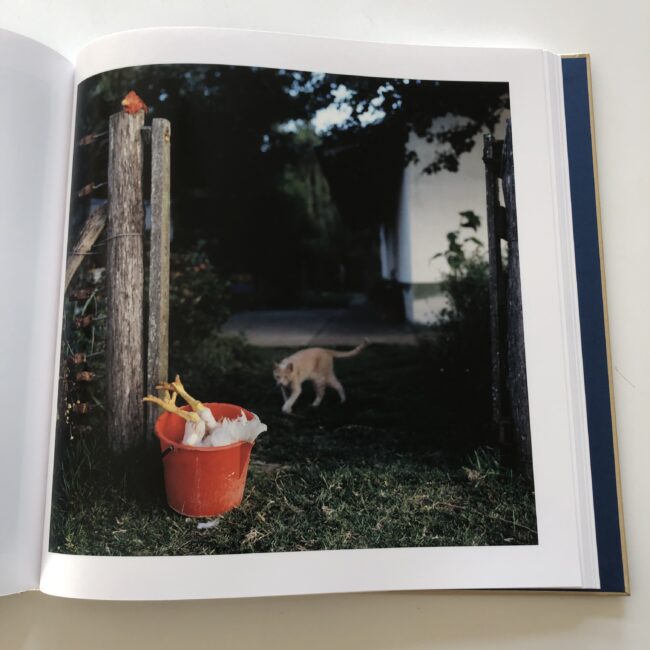
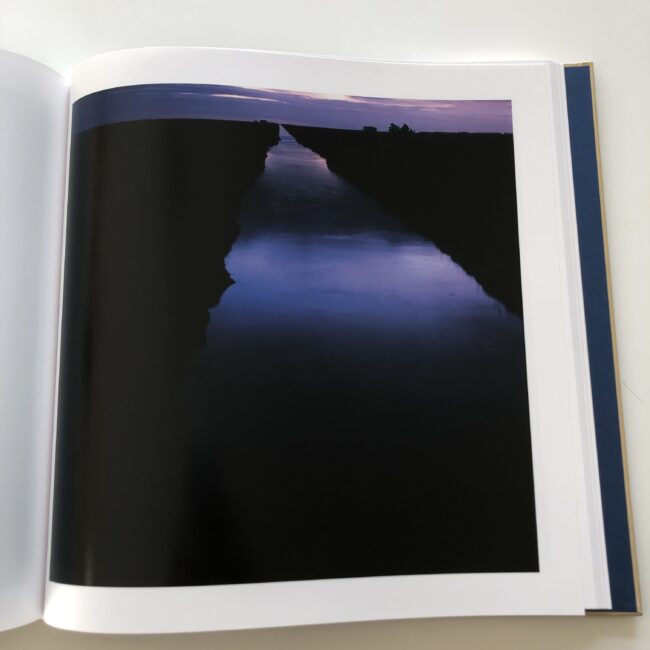
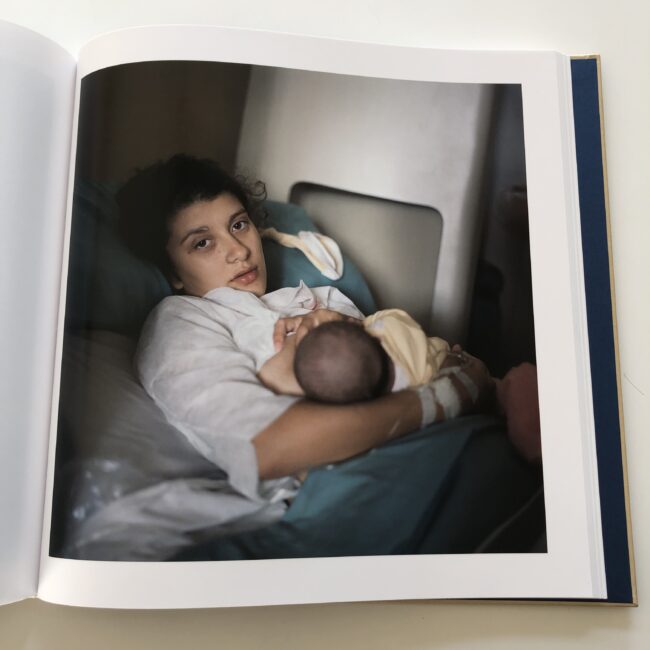


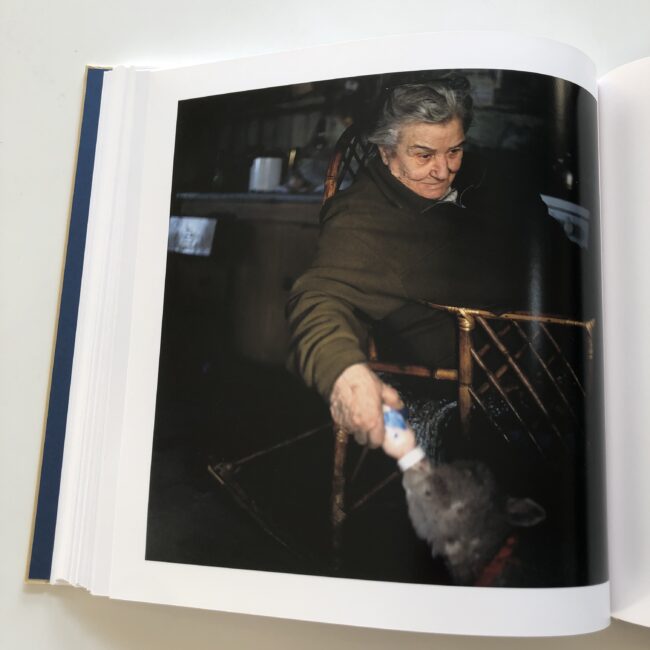

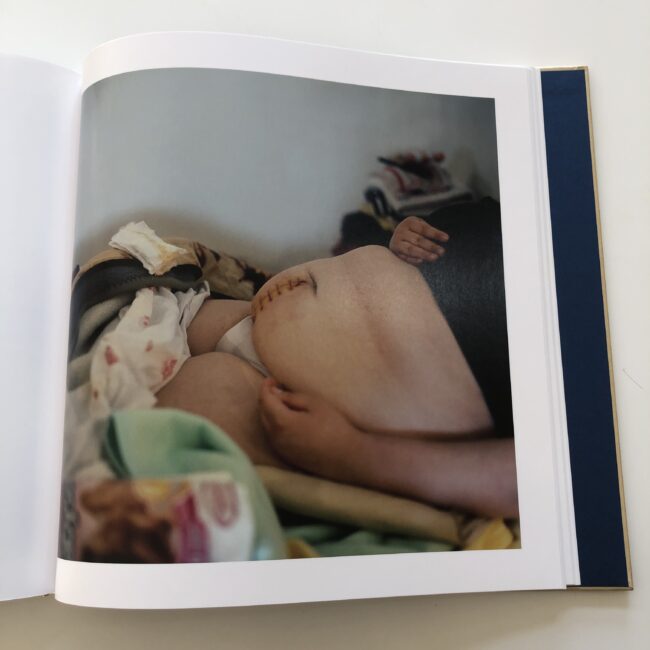

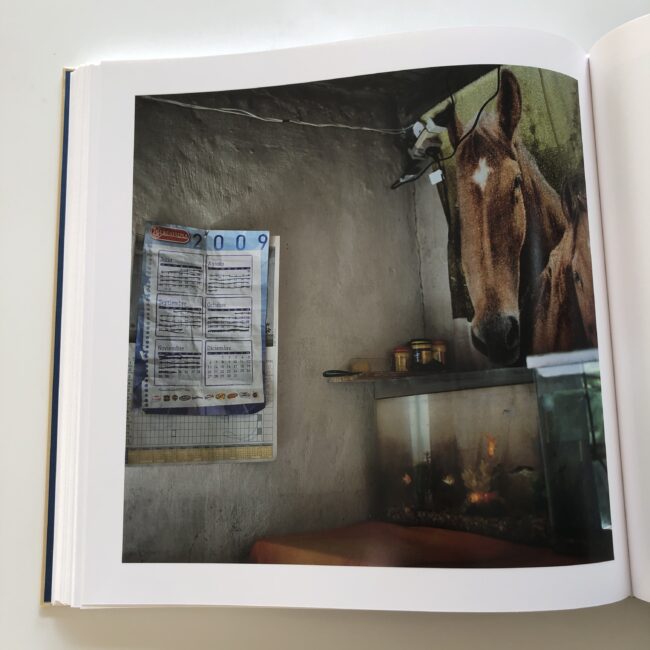
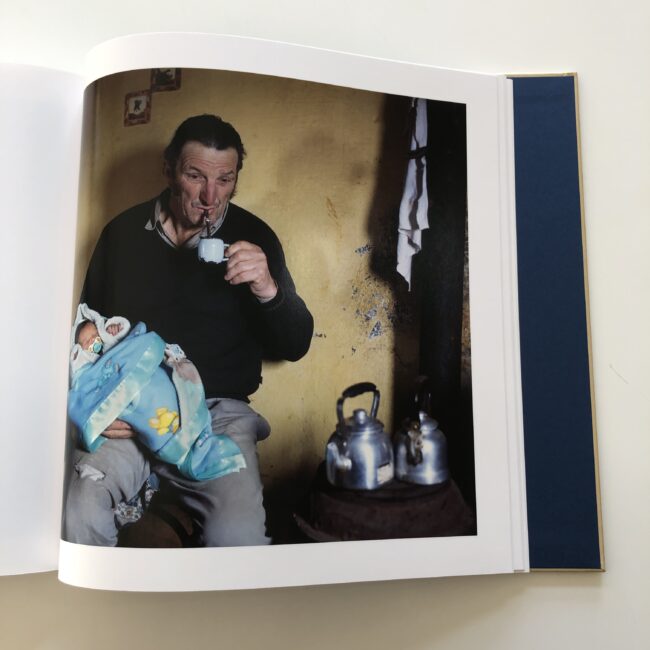
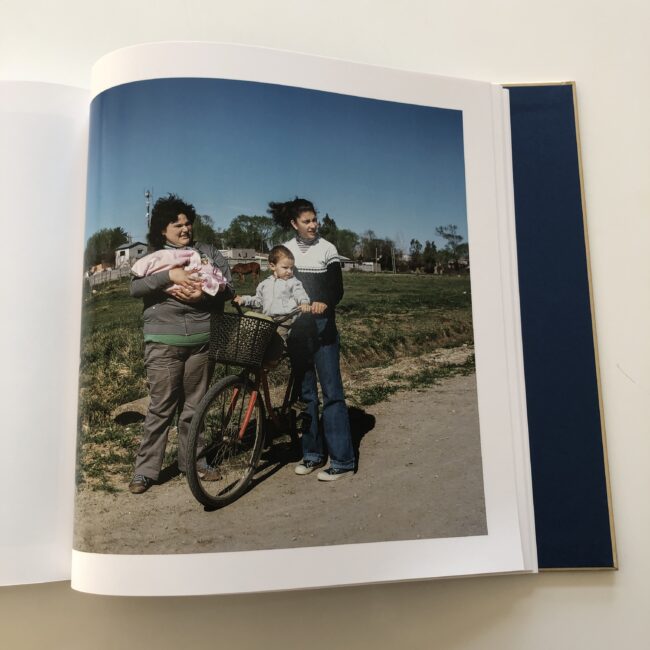
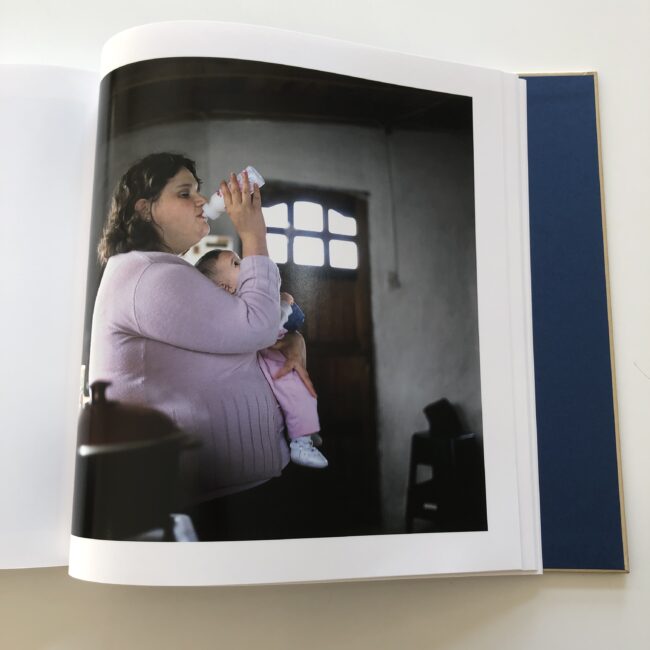
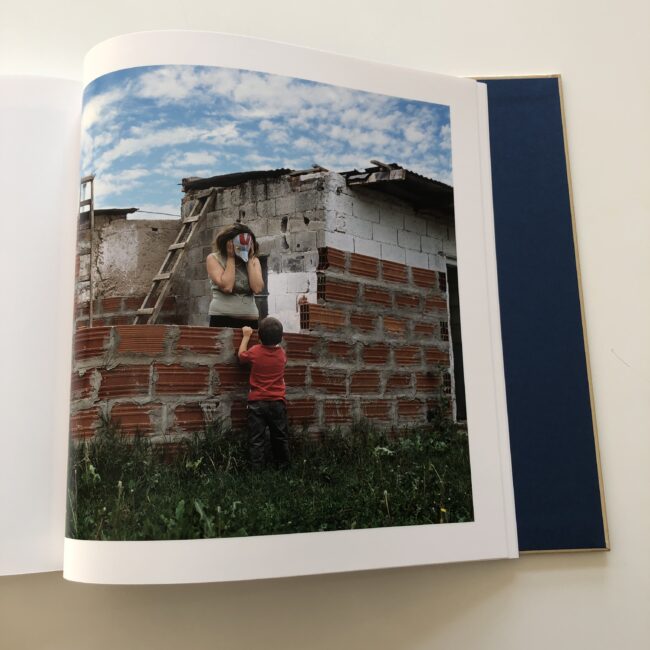
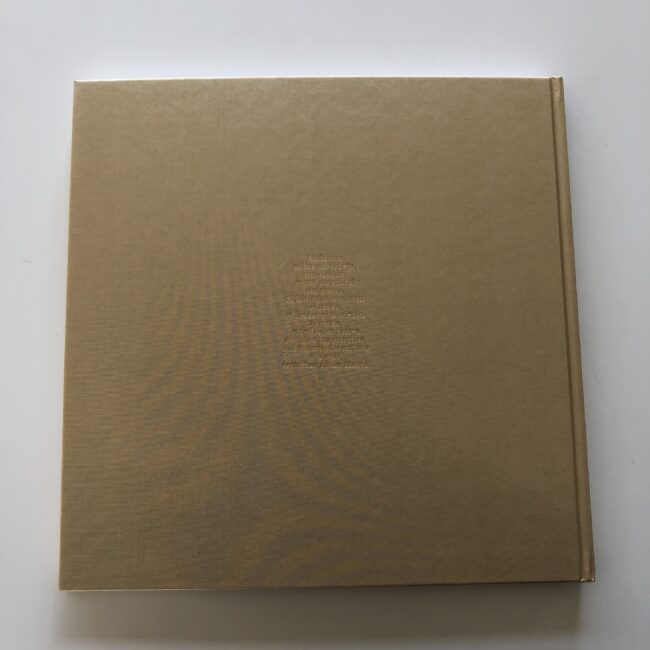
1 Comment
I wasn’t familiar with Sanguinetti’s first book about Guille and Belinda so these are a total revelation. They are so beautiful and vaguely haunting. It’s hard to believe this is documentary photography — they look a dreamlike quality that makes them look like an Isabelle Allende or Garcia Marquez novel come to life.
Comments are closed for this article!